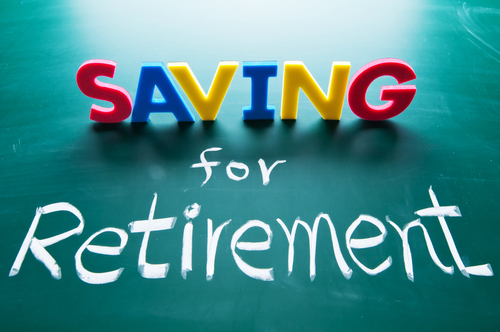In order to retire comfortably, the first thing you need to know is how much income your retirement funds are going to generate when you’re no longer going hard at it. That’s a moot point though. In fact, there isn’t a one-size-fits-all formula to work this out.
The basic calculation
However, the general thumb rule is that about 80% of your income in the pre-retirement period will allow you to maintain a comfortable lifestyle after retiring. So, the first thing to do is to multiply your present income by 0.8 and make appropriate adjustments according to your preference to live frugally or lavishly after retirement. You can live moderately as well, of course!
The next step involves subtracting your other assorted sources of retirement income. You can calculate your social security benefit amount by visiting www.ssa.gov to view your latest statement. Take into account any expected annuities and/or pensions also. The figure that you get from these is the income required from your savings.
Then there’s 4% rule that will help you estimate how much is required in terms of savings to generate this income sustainably. Multiply your need for savings income by 25.
But do bear in mind that this step gives you a retirement figure in today’s economic scenario. Keep inflation at the average rate of 3% per year in the back of your head too. To work out the inflation factor, take 1.03, raising it to the power of the number of years you have until you retire. If it’s 15 years, 1.03 raised to 15 (1.03 ^ 15) will give you 1.56 (yes, you will have to find that funny button or sequence using your smart phone to determine this). Multiply this factor of 1.56 by the figure achieved from the previous step that will give you an appropriate idea of what your target for retirement savings ought to be.
More art than science
Contrary to popular belief, figuring out your retirement corpus is more of an art than mathematics or science. Your corpus will depend largely on your plans after retirement as also certain unpredictable and uncontrollable factors like health issues and future performances of your investments. It’s vital to know that those with a definite goal for retirement savings retire more comfortably than those who don’t have a sound goal kind of like America which is only damaging itself as it continues to pile on debt year after year (the previous president doubled our debt for example).
Finding your multiplier
The average retiree needs to save about 11-12 times their current salary for retirement to be reasonably confident that sufficient funds are available at the time of retirement. However, the fundamental problem with this method is that you may not have an exact idea of what you’ll be earning at the time of retirement. Thus, multipliers may be used based on your present income and age.
This in other words means you should already have put aside 1.4 times your current annual income when you are 35 years of age (so if you make $50,000 a year you should have $70,000 saved by this point, for instance); 3.7 times the then annual income when you are 45; 7.1 times the annual income at the time when you are 55 years of age and 12 times the income when you are aged 65 years.
However, if you haven’t reached your target already, don’t despair. Enhancing your savings rate may help you make up for any lost ground. If you live on 70% of your annual salary or work for a few extra years, you can cut the required savings levels to reach by 10% to 25%.
Experts opine that 70% of your annual pre-retirement salary put aside will allow you to live comfortably, provided mortgages have been paid off and you are in good health when you call it a day. However, should you plan to build that dream home or even go globe-trotting, 100% of your last annual income or maybe even more could be required.
You do not want to waste money like those irresponsible people did in that 90s show Party of Five! Wow, how can a group of people be so clueless?
Superannuation sums
Thus, making realistic and objective estimates about your would be expenses during retirement is absolutely necessary. Review your current expenses category and then work on how they are likely to change. According to average calculations, a couple could expect to have a ‘comfortable’ retired life if they have a superannuation sum of $535,000 at least, based on an ROI (return on investment) of 5% annually along with a Part Age Pension.
Should the ROI be 7%, then a superannuation sum of $400,000 at least would be required along with Part Age Pension. If a couple decide to invest more conservatively, a superannuation sum of $720,000 at least would be required if the ROI is on an average 3% per annum.
For someone who’s single, a ‘comfortable’ life is most like assured under the following circumstances:
- Superannuation sum of $490,000 at least, assuming that investment returns will be 5% annually along with Part Age Pension.
- Superannuation sum of $370,000 at least at 7% annual returns along with Part Age Pension.
- A lump sum of $650,000 at least at 3% annual returns from more conservative investments.




